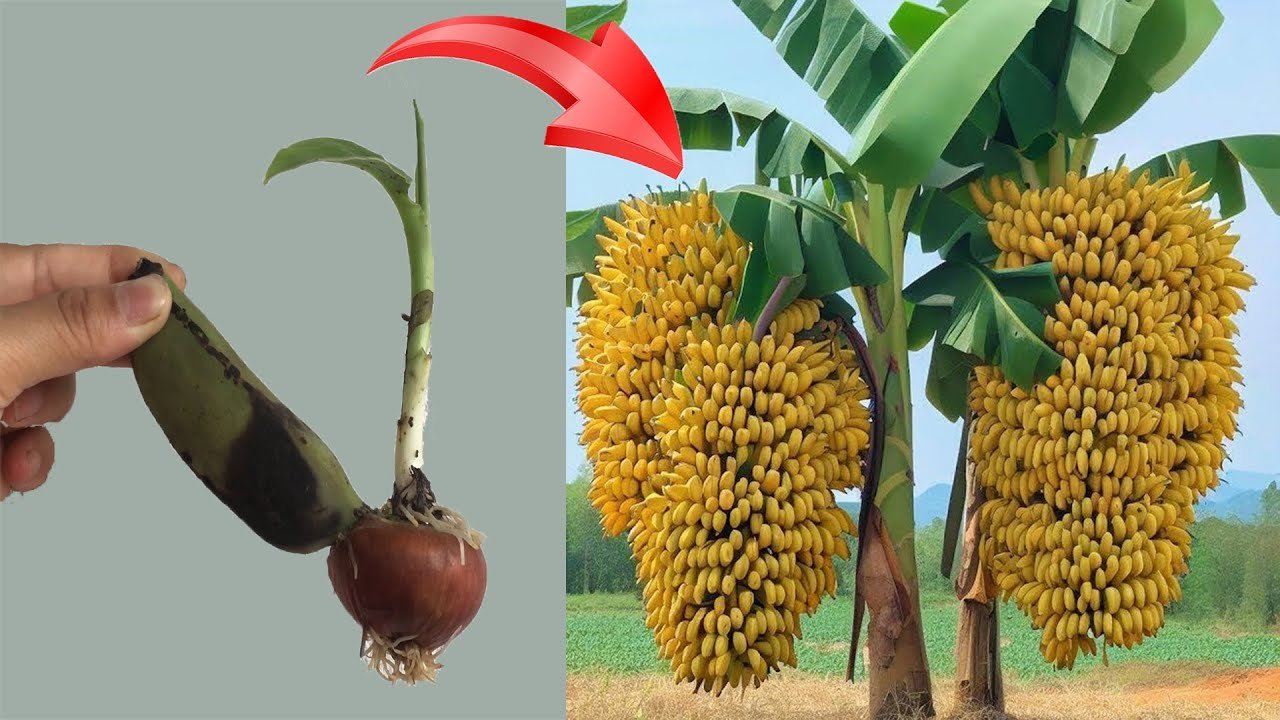Propagating cactus plants might sound intimidating at first, but what if we told you that a banana peel—the kitchen waste you usually toss—can help you grow new cacti? Yes, it’s that simple.
If you’ve been searching for natural, eco-friendly methods to multiply your cactus collection, this guide is for you.
In this article, we’ll explore the amazing potential of banana peels for cactus propagation, why it works, and how to do it the right way—especially if you’re just getting started.
Why Use Banana Peels for Cactus Propagation?
Banana peels are packed with nutrients like potassium, phosphorus, calcium, and magnesium—all essential for plant health. While synthetic fertilizers deliver nutrients fast, banana peels offer a slow-release, organic solution that suits cacti perfectly.
They improve soil texture, enhance root development, and support healthy new growth—all while reducing waste.
More than a gardening trend, using banana peel for cactus propagation taps into sustainability and nature’s own cycle. It’s an accessible, affordable method for cactus lovers who want to avoid harsh chemicals.
Is It Really Effective for Cacti?
Absolutely. Cacti don’t need frequent feeding, but when they do, they benefit from natural, mild sources of nutrients.
Banana peels decompose gradually, allowing the nutrients to be absorbed without the risk of overfeeding or root burn. When used correctly, banana peel can:
- Encourage new root development in cuttings
- Improve soil structure and microbial activity
- Promote healthy, balanced growth
- Reduce dependence on store-bought fertilizers
Best Time to Propagate Cactus Using Banana Peel
Cactus propagation works best during the plant’s active growing season—usually spring through early summer. During this time, your cactus will naturally be more responsive to rooting hormones and nutrient sources.
Avoid trying this in winter when most cacti enter dormancy.
Types of Cacti That Propagate Well With Banana Peels
While banana peel propagation works across many cactus varieties, the following are especially easy to start with:
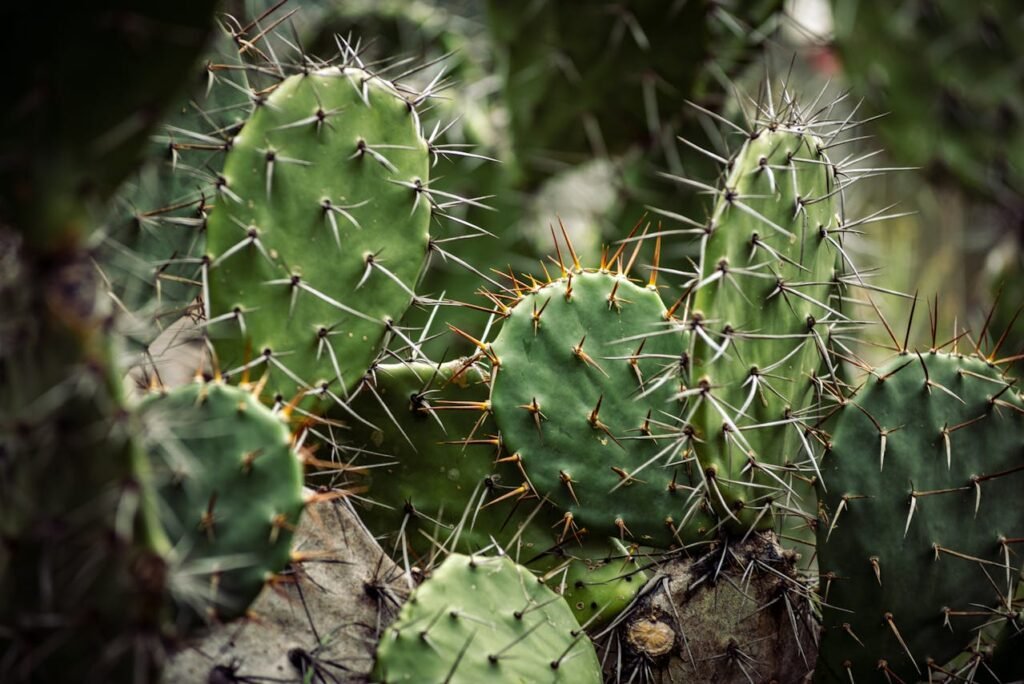
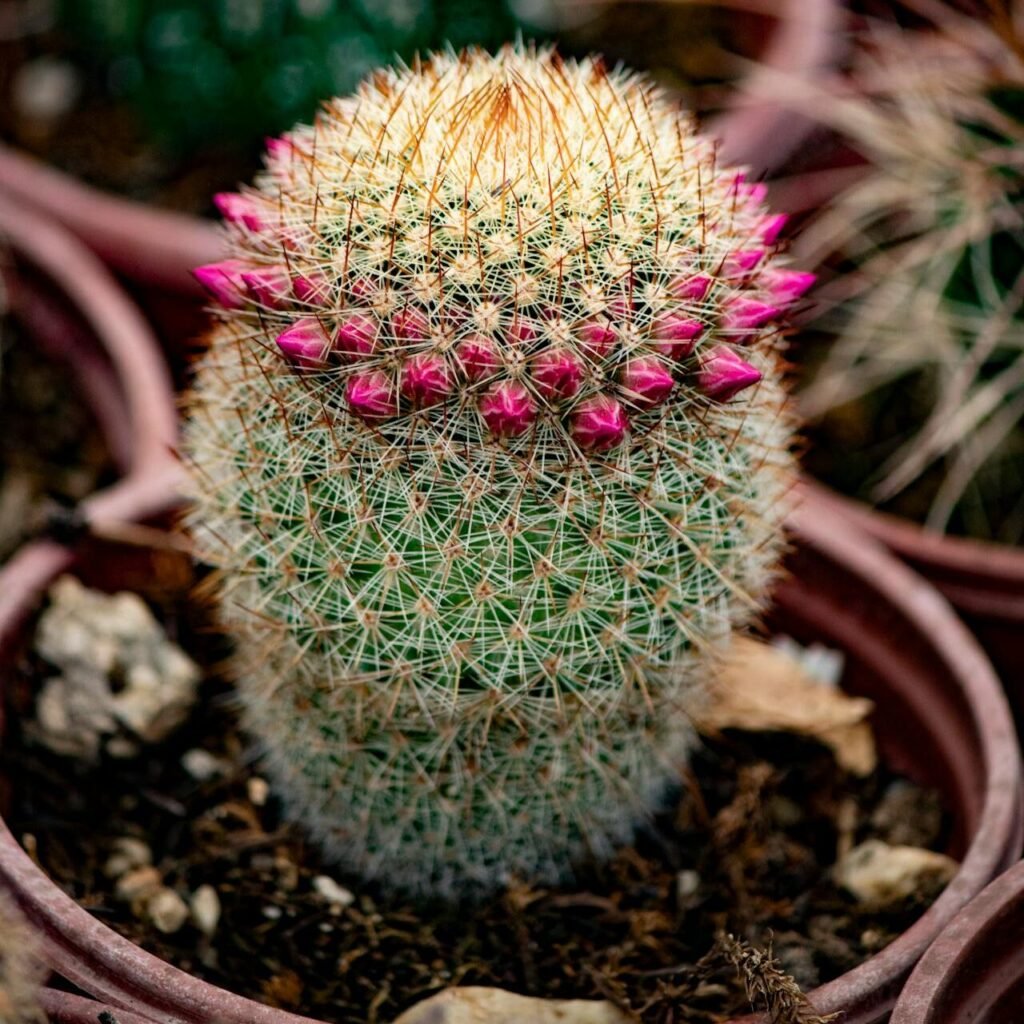
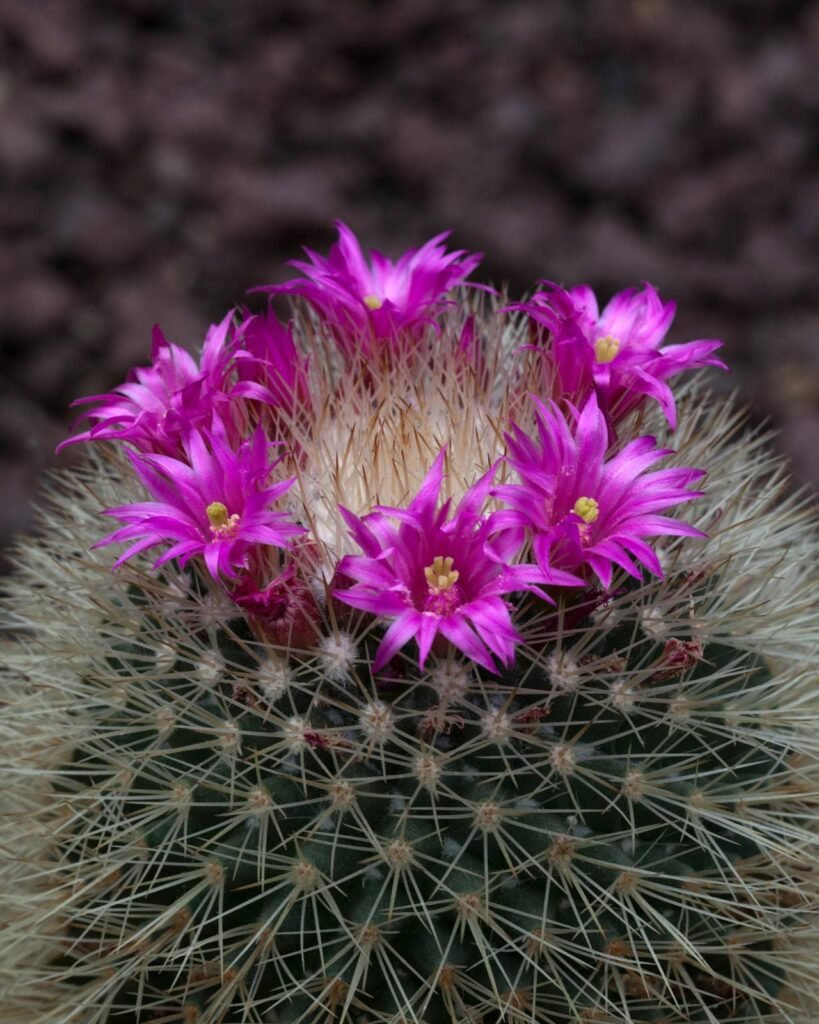
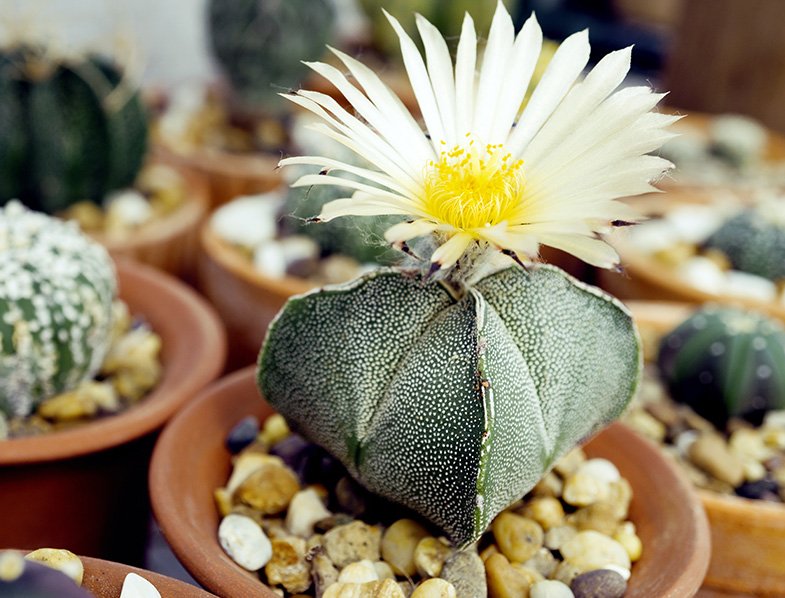
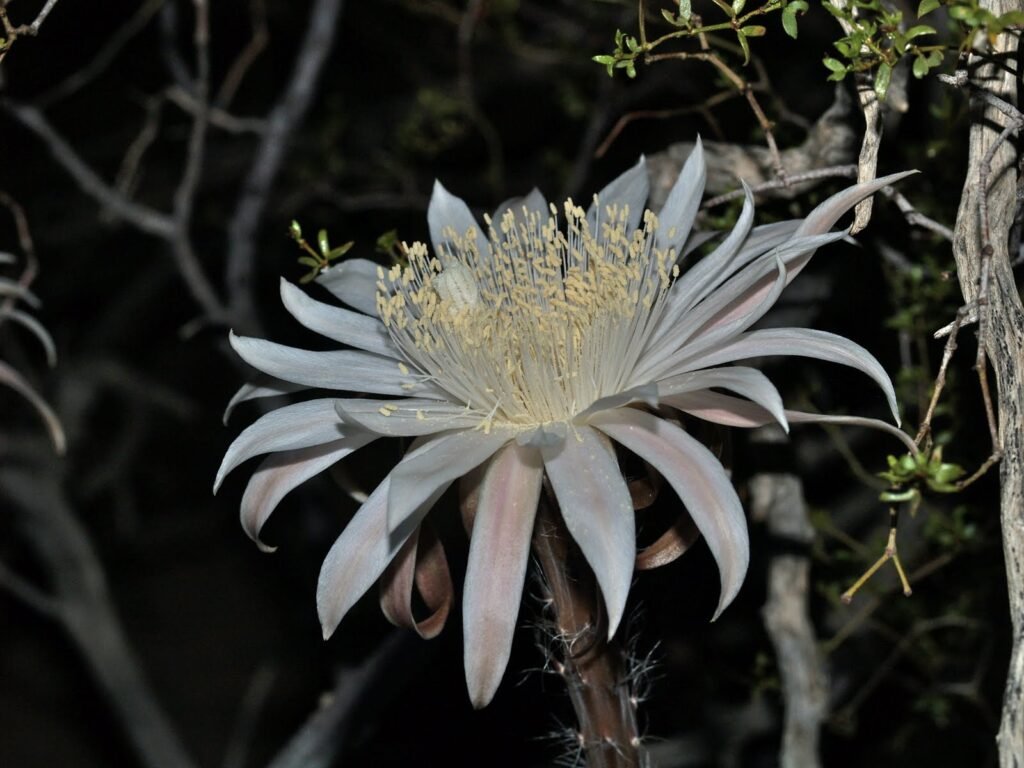
- Opuntia (Prickly Pear) – Responds well to natural compost additives
- Mammillaria – Produces offsets that root easily with banana peel enrichment
- Echinopsis – Ideal for beginners, fast root development
- Astrophytum – Benefits from potassium-rich organic matter
- Cereus – Larger cuttings benefit from banana-enhanced soil for strong rooting
How to Prepare Banana Peel for Propagation
To get the most from banana peels, you’ll want to prepare them in a way that balances nutrient release and decomposition.
1. Fresh Peel (Chopped or Blended)
Cut banana peels into small pieces and mix them into your potting soil before planting the cactus cutting. Chopping increases the surface area, which helps break them down faster.
2. Banana Peel Tea
Soak a chopped peel in a jar of water for 24–48 hours. The resulting “banana peel tea” can be used to moisten the propagation soil. It delivers nutrients quickly but mildly.
3. Banana Peel Powder (Optional)
For a more shelf-stable option, dehydrate banana peels and grind them into powder. Mix a small amount into the soil mix. This also reduces the risk of attracting pests.
Step-by-Step Guide to Propagating Cactus Using Banana Peel
Now let’s dive into the actual method. Here’s how to propagate cactus cuttings using banana peel safely and effectively.
Step 1: Choose a Healthy Cutting
Select a healthy cactus stem or offset. Use clean, sterilized shears to cut. Let the cutting callus over for a few days in a dry, shaded area. This prevents rot once it’s in the soil.
Step 2: Prepare the Soil Mix
Use a well-draining cactus soil mix. Mix in chopped banana peel or a teaspoon of banana powder. You can also moisten the soil with banana peel tea.
Step 3: Plant the Cutting
Once the cutting has callused, gently place it into the soil, ensuring stability. You don’t need to bury it deep—just enough to keep it upright.
Step 4: Water Sparingly
Moisten the soil lightly (especially if using banana peel tea). Avoid soaking. Overwatering is the enemy of cactus propagation, especially in containers without good drainage.
Step 5: Provide Bright, Indirect Light
Place the container in a warm spot with indirect light. Avoid intense sunlight until the roots have developed, usually within 2–6 weeks depending on the cactus type.
Step 6: Monitor and Adjust
Watch for signs of root development (firm resistance when tugged lightly). New growth is also a strong sign your propagation worked.
Using Banana Peel in Container vs. Ground Planting
Both methods are effective, but there are slight differences:
- Containers: Banana peel tea or small chopped bits are preferred to avoid pest buildup.
- Ground beds: Whole peels can be used deeper in the soil to decompose slowly.
Indoor growers will find banana peel tea more manageable, while outdoor gardeners can explore compost-based approaches.
Common Mistakes to Avoid
Even with a natural method like banana peel, there are a few pitfalls that could hinder your cactus propagation success. Let’s explore them and how to avoid each:
1. Using Too Much Banana Peel
Too much of a good thing can be harmful. Overloading your soil with banana peel pieces can lead to excessive moisture, mold, and even root rot. Use only small amounts—think of it as a supplement, not the main ingredient.
2. Overwatering the Cutting
Cactus cuttings need barely damp soil to root. If you’re adding banana peel tea, make sure the rest of the soil remains airy and dry. Too much water is the quickest way to fail.
3. Exposing to Full Sun Too Soon
Sunlight is essential, but a cutting isn’t ready for intense heat right away. Keep it in bright but indirect light until new roots form.
4. Not Letting the Cutting Callus
This step is critical. If you plant a fresh cut without letting it dry and form a callus, it will likely rot before roots can grow. Give it at least 3–7 days in a shaded area to dry out.
5. Ignoring Pests
Banana peels, especially fresh ones, can attract gnats or ants. Use banana peel tea or dried powder in indoor settings to minimize this issue.
Maintaining Cactus Health After Propagation
Just because your cactus cutting has rooted doesn’t mean your job is over. Like any living thing, it now needs proper post-propagation care to thrive indoors or outdoors.
Watering Routine:
Newly rooted cacti should be watered sparingly—roughly once every 2 to 3 weeks depending on temperature, humidity, and pot size. Always let the soil dry completely between waterings. Overwatering is one of the quickest ways to undo all your hard propagation work.
Sunlight Transition:
Once you’ve noticed stable roots and new growth, start shifting the cactus toward brighter conditions. A sunny windowsill or filtered outdoor light works great. But go slow—sudden exposure to full sun can burn the cactus.
Fertilization:
During the active growing season, give your cactus an organic boost once a month using banana peel tea. For outdoor plants, you can also bury small pieces of dried or composted banana peel near the base for a steady release of nutrients. Avoid adding too much at once—it can attract insects or mold.
Repotting When Needed:
As your cactus matures, you might notice it becoming root-bound or top-heavy. At this stage, gently move it into a slightly larger pot with fresh cactus mix. Make sure the new pot drains well—drainage is everything when it comes to healthy root development.
Pro Tip:
Use clay or terracotta pots for better airflow around the roots, especially in humid climates.
Eco-Benefits of Using Banana Peels in Propagation
What makes this method so appealing—besides being effective—is that it fits beautifully into a more eco-conscious lifestyle. Banana peels are biodegradable, rich in micronutrients, and incredibly versatile in the garden.
- Minimizes waste: Banana peels are kitchen scraps most people toss. Using them for cactus propagation turns potential waste into a useful gardening resource.
- Reduces chemical use: Instead of store-bought rooting hormones or synthetic fertilizers, banana peel provides an organic alternative.
- Improves soil structure: When broken down naturally, peels enhance microbial activity and attract earthworms, especially in outdoor or raised bed setups.
- Cost-effective: No fancy tools or ingredients required—just your leftover banana peel and a bit of patience.
The simplicity of this technique aligns with the natural slow-growing rhythm of cacti, making it a truly harmonious pairing.
Real Success Stories from Home Gardeners
Gardeners across the world are finding joy and success with this method. Here’s what a few enthusiasts have shared:
Anya – Pune, India
“I was skeptical at first, but after soaking my cactus cutting in banana peel tea, roots appeared in just over two weeks! It was way faster than any commercial product I’ve tried.”
James – Arizona, USA
“I’ve been blending dried banana peel into powder and mixing it into my cactus potting mix. My Echinopsis pups rooted beautifully with barely any care.”
Sana – Dubai, UAE
“Living in a dry region, I’m always looking for low-waste gardening techniques. Banana peels have helped my succulents and cacti stay greener and grow stronger.”
Leo – Melbourne, Australia
“I started using banana peels for propagation during the lockdown, and it’s now my go-to method. Works like a charm for my bunny ears cactus!”
These stories echo a growing movement toward simpler, greener cactus care. And it’s incredibly beginner-friendly.
Can You Combine Banana Peel With Other Natural Aids?
Yes! Here are a few additions you can blend for better propagation:
- Cinnamon Powder – Natural antifungal properties; dust the cutting’s base before planting.
- Charcoal bits – Improves drainage and absorbs toxins.
- Aloe Vera Gel – Natural rooting hormone; dab a bit on the cutting base.
- Used Tea Leaves – Great nitrogen source, best mixed with banana peel powder for balance.
These gentle aids complement banana peels without overwhelming the sensitive root system.
Using Banana Peel in Different Climates
Tropical Climates:
Decompose quickly, so dried peel powder or banana tea is preferable.
Arid Regions:
Chopped peels mixed with soil hold moisture longer, which is helpful. Still, monitor soil to prevent excess dampness.
Humid Environments:
Avoid fresh peels—opt for well-dried powder or banana tea in small doses to avoid mold.
FAQs About Banana Peel Cactus Propagation
Q1. Can banana peel replace rooting hormone completely?
For most home cactus propagation, yes. While synthetic hormones may speed things up slightly, banana peels work well for patient gardeners.
Q2. Is banana peel safe for indoor propagation?
Yes—but use it wisely. Stick to banana peel tea or powder. Avoid raw scraps indoors, as they may attract insects.
Q3. How long does it take for cactus cuttings to root using this method?
Generally 2–6 weeks, depending on cactus type, environment, and health of the cutting.
Q4. Will banana peel change the pH of my cactus soil?
Only slightly. Banana peel is mildly acidic, but it won’t cause drastic shifts. Just don’t use too much.
Q5. Can I mix banana peels with store-bought cactus fertilizer?
Yes, but with caution. Overfeeding is worse than underfeeding. Alternate between the two rather than combining.
Final Thoughts: Embrace Nature’s Simplicity
Cactus propagation doesn’t have to involve lab tools, synthetic chemicals, or fancy gadgets. Sometimes, the most effective method comes straight from your fruit bowl.
Banana peel is a gentle, natural way to nourish and root your cactus plants while reducing kitchen waste.
Whether you’re an eco-conscious gardener, a succulent enthusiast, or a curious beginner, this method invites you to reconnect with nature’s rhythm.
Let your cacti flourish, not in spite of simplicity—but because of it.
